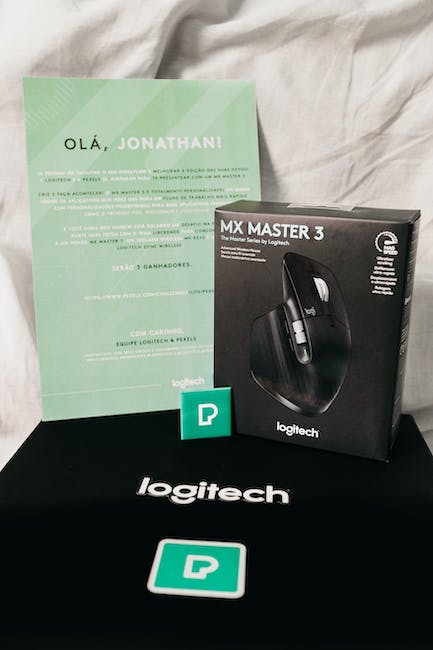9 Types of Mnemonics to Improve Your Memory

These mnemonic (pronounced ni-mahn-ik) strategies-think of them as very effective memory tips-can make it easier to remember facts, and they can be applied to almost any subject. How to Stop Forgetting Things Interested in becoming more efficient and effective in learning and recalling information?
Keyword Mnemonics
First, choose a keyword that somehow cues you to think of the foreign word.
- Then, imagine that keyword connected with the meaning of the word you are trying to learn. The visualization and association should trigger the recall of the correct word.
Method of Loci Mnemonic Strategy
The method of loci (pronounced low-sigh) is arguably the earliest identified mnemonic in history. It is first attributed to Simonides of Ceos, a Greek poet, in 477 BC.
- To recall what they learned, they re-visualize moving through that room or along that path and each stop along the way triggers another piece of information.
The Mnemonic Linking System (Stories or Images)
The mnemonic linking method (also called “chaining”) consists of developing a story or image that connects together pieces of information you need to remember.
- Each item leads you to recall the next item.
A Word From Verywell
Using mnemonic memory strategies can give you that boost in your memory that we all need, and it can improve your efficiency in learning as well
Rhymes as Mnemonic Strategies
Rhyming words can be used as a mnemonic to help us learn and recall information.
- For example, “i” before “e,” except after “c,” or in sounding like “ay” as in “neighbor” or “weigh.”
Chunking as a Mnemonic Strategy
Works by organizing information into more easily learned groups, phrases, words, or numbers
Making Connections as a Mnemonic Method
One mnemonic strategy that helps encode new information is to connect it with something else you already are familiar with or know
- This gives it meaning and makes it easier to remember
- Make connections is a type of elaborative rehearsal and can be applied to almost any subject or type of information
Peg Method Mnemonics
This is a useful mnemonic for remembering sequenced information
- The goal is to make a memorable connection with each new piece of information you need to memorize
- For example, if you are trying to learn the scientific classification system
- Kingdom, Phylum, Division, Class, Order, Family, Genus, Species – using the peg method, you will first think of a kingdom placed on a hamburger bun, then a mathematical division sign inside a shoe, and so on
Musical Mnemonics
One way to successfully encode the information into your brain is to use music
- You don’t have to be able to carry a tune or write the music out correctly for this mnemonic method to work
- Music can be a helpful memory tool for people with mild cognitive impairment
Letter and Word Mnemonic Strategies
Acronyms
- Use a simple formula of a letter to represent each word or phrase that needs to be remembered.
- An acrostic uses the same concept as an acronym except instead of forming a new “word,” it generates a sentence that helps you remember the information.

